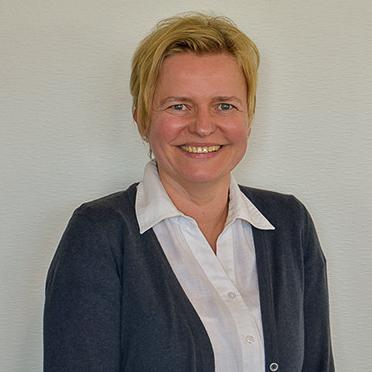It is time to rethink how we manage disinfectants in hospitals to maintain microbial diversity and limit the spread of resistant bacteria. Antimicrobial resistance (AMR) is widely recognised as a serious threat to global health. We already know that microbial community and their resistance correlate with human misusing and overusing antibiotics and the entry of these drugs into the environment.

But what might be surprising for many of us, is that even trying to control the microbial population in hospitals, via increased cleaning and disinfecting, may have unintended negative consequences.
A recent study compared occurrence of AMR between surfaces in highly controlled clinical settings and other “less clean” environments. Results showed that more-controlled environments had just as many bacteria as less-controlled ones, but had less variety of bacteria species - and those fewer species were harder to be target with antimicrobial drugs.

Human exposure to almost sterile environments should be limited to operating rooms, whilst all other areas of life in hospitals can be enriched by a higher microbial diversity. Cleaning for hygiene purposes does not require disinfectants/antimicrobial products that would drive adverse selection pressure on antibiotic resistance genes. Surface maintenance, such as cleaning, could be diversified, and the application of biocidal detergents can be limited to hot-spot locations and distinct timeframes.
Health Care Without Harm (HCWH) Europe’s new project, comparing the hazard profiles of disinfectants used in healthcare settings, is a very timely step in the right direction. HCWH Europe first initiated this project last year with survey for healthcare staff on how they choose and apply the disinfectants they use. The project will produce a set of recommendations for hospitals and best practices guidelines on the sustainable use of disinfectants in the clinical settings.
We already know that we’re not necessarily safer when we try to eliminate every risk from our environment. Instead it is time to reconsider our “antiseptic” behaviour and think about ways to preserve microbial diversity in building environments and human’s beneficial exposure to microorganisms.

Dorota Napierska,
Chemicals Policy & Projects Officer